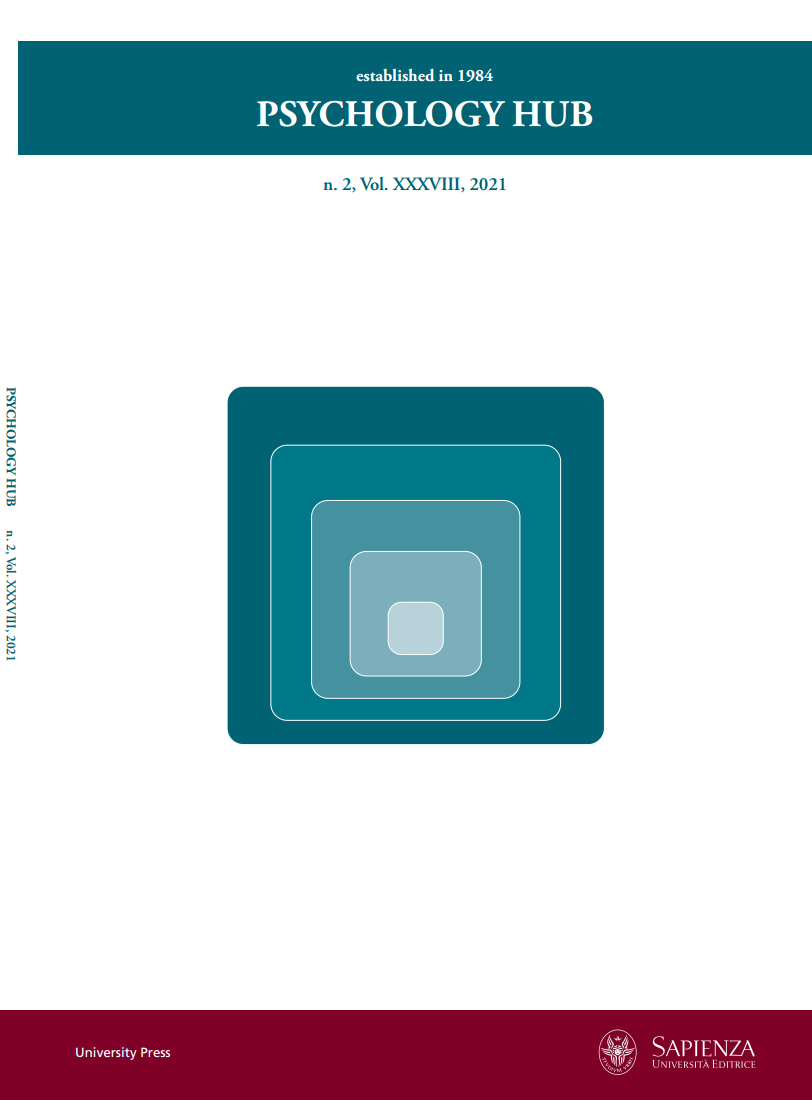“No words for feelings”: a multidimensional analysis of the alexithymia construct
DOI:
https://doi.org/10.13133/2724-2943/17529Abstract
Contemporary neurosciences have shown that emotion, thought and language involve the functioning of connected brain areas, which allow the recognition and expression of one’s own feelings. The present pilot study was aimed at investigating the link among verbal expression of emotional experiences (assessed through the Toronto Structured Interview for Alexithymia - TSIA), the capacity of emotional regulation (assessed by means of the Attachment Style Questionnaire, the Emotion Regulation Questionnaire, and the Coping Orientation to Problems Experiences), the linguistic structure and symbolic representation of narration (assessed through the Text Mining Analyses), and brain area structures (by means of a 3-T high-resolution structural Magnetic Resonance Imaging). To this aim, nine (males=5) healthy adult subjects were interviewed by means of the TSIA and scored on psychological questionnaires. The cortical and subcortical structural measures were also evaluated. TSIA transcripts were then analysed by using a cluster analysis and, subsequently, a correspondence analysis, and the values of lexical factors were correlated with cortical and subcortical structural measures as well as with TSIA and psychological scores. Overall, the reciprocal relationships among the measures of neurobiological structures, the capacity of identifying, describing and regulating emotions, and the ability of translating the emotional experiences into verbal forms, allowed to identify a complex pattern of biopsychosocial aspects, getting light on referential processes characterizing the verbally and not-verbally express emotions.
Published
How to Cite
Issue
Section
License
Copyright (c) 2021 Psychology Hub

This work is licensed under a Creative Commons Attribution-NonCommercial-ShareAlike 4.0 International License.





